Nobody likes stopping at the pump. It’s expensive!! If you are doing any of the following activities, you are stopping at the pump more than you need to…and spending more money than you have to.
1. Driving

This is the obvious and most ridiculous, but worth mentioning because it could be the most overlooked strategy for saving money on gasoline. Walk! Or bike or use public transit. Driving is the most convenient, but that is the only benefit (in general). Walking and biking let you experience your neighborhood in a more intimate way than zooming through confined in a car could ever allow. Plus, according to Dr. Mike Evans, walking 30 minutes a day has huge health benefits.
2. One Errand A Day
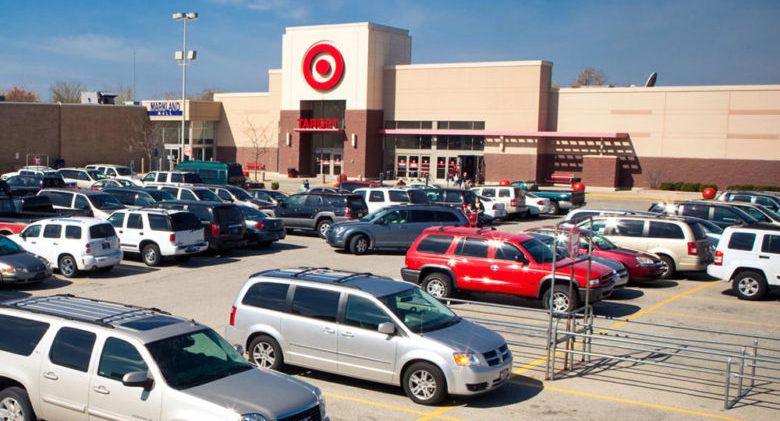
When you drive your car after it has not been used for a few hours, the engine will be cold. Driving with a cold engine actually burns more gas than when the engine is warm. Those first five miles are burning through gas and burning through your money. Okay, maybe not so much money, but everything adds up. Speaking of adding up, combine your errands. This way, your engine will be warm each time you go from one location to the next.
3. Buying For The Week
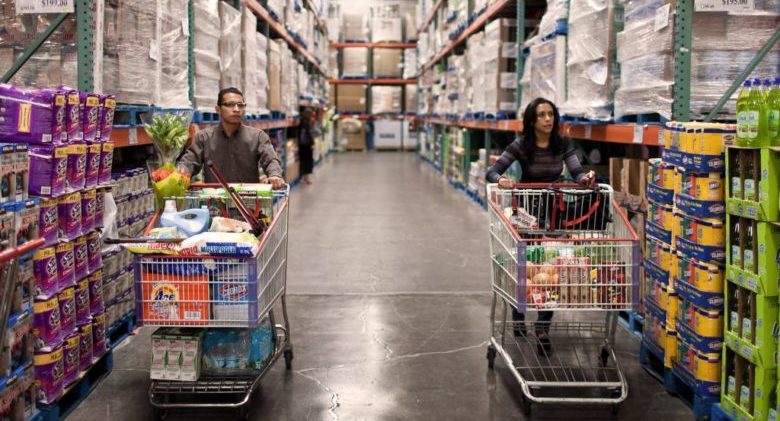
Consider loading your trunk with packages of toilet paper, napkins and all the foods in your house that disappear faster than a pack of Twinkies at a Weight Watcher’s convention. Buying in bulk will save you from making more trips to the market. Read: Save Gas. If you blow through items X, Y, and Z, why not buy a month’s supply? This is especially true if it’s an item, like toilet paper, that should you run out, it will send you running to the store for more. If you buy food in bulk, make sure it will keep.
4. Splurging On Premium

Your car is not your spouse. You do not have to feed it premium—even if the owner’s manual recommends it. The benefits, if any, of paying for premium will be outweighed by the added dollars you spend. There are times when you can and maybe should use the highest octane. If there’s a knock in your engine, for example, 93 or 94 might solve that problem. Or if the owner’s manual requires (not recommends) premium, you should splurge. Otherwise, spend the extra dough on somebody you care about.
5. Driving During Rush Hour
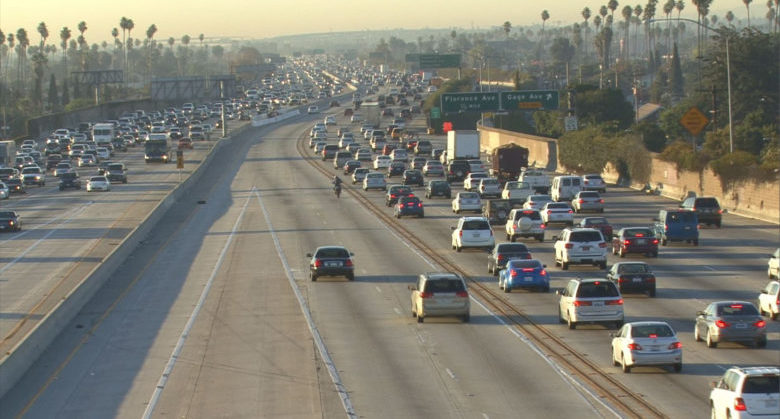
Unless you enjoy driving slowly or the rhythym of stop-and-go driving suits you, avoid peak driving times. Besides taking longer to get where you’re going, presumably work, you’re using up more gas in a couple ways. Each time you stop and then go, your car uses a greater amount of gasoline than if it was driving at a constant speed. And during rush hour, if you can maintain a constant speed, it’s likely to be a slow constant speed which keeps you on the road longer and using up extra fuel. Find out if you can start and end your work day before each of the rushes.
6. Pounding The Pedal

If you are accelerating hard by pushing the pedal way down to get your car off the starting mark, you are burning more gas than necessary. From a stopped position to forward motion requires an extra burst of gasoline. If you push too hard on the pedal, you’ll be using an extra, extra amount to get your car moving forward more quickly. If you can start more gradually, you’ll do your wallet a favor. It might save you a little, but each time adds up and you’ll be stopping and starting lots of times on each trip.
7. Driving With Stuff On The Roof
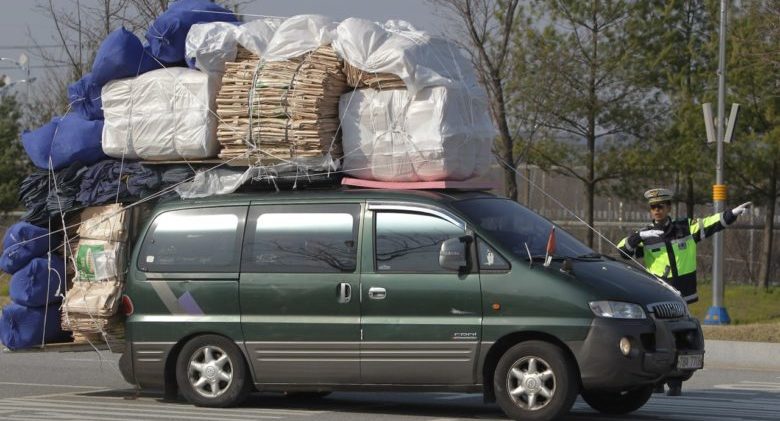
Ski racks are wonderful—if you’re going skiing. Same with rooftop storage containers. If you’re traveling and need the extra storage space, these are great. But once you return home, take ‘em down. Empty, they add extra weight (i.e. more fuel being burned) and greater wind drag (i.e. more fuel being burned). Roof racks also add wind resistance and if you are able to take them down when they’re not needed, go for it.
8. Using The A/C

Which is better on the budget: windows down or air conditioning? Turns out, windows down burns less gas than driving with the air conditioner on. MythBusters Jamie Hyneman and Adam Savage proved this with identical SUVs, 5 gallons of gas, an open track and a “race” at 45 mph (72 kmh) to see which vehicle would run out of gas first. The one with A/C did while the windows down SUV traveled an extra 15 miles (24 km). Lower your windows for better gas mileage. Or even better, keep them up and open the vents.
9. Not Inflating Tires

If you are driving a car with tires that don’t have enough air in them, like most of the cars on the road, you are losing money. The U.S. Department of Energy discovered that a drop of 10 psi in tire pressure can decrease fuel efficiency by up to 3%. Yet, 36% of cars today are at least 20% under-inflated! If you’re driving on under-inflated tires, you’re going to be making more frequent stops at the gas station. Next time you’re there, find the air pump. It might cost you a dollar to fill your tires, but that buck will go a long way. Miles and miles.
10. Saving On Tune-Ups

If you are not tuning your engine regularly to save some dollars, you could be spending those dollars at the pump. Or at least a portion of them. The U.S. Environmental Protection Agency credits tune-ups with 4% better gas mileage. (Tune-ups also ensures your car is in safe driving condition and that all parts are operating as they should. Another benefit is that tune-ups help the engine and other important parts last longer.) This service will ensure spark plugs and engine components are working properly and efficiently and your tires are aligned and properly inflated, both gas-guzzling busters.
11. Carrying Unneeded Weight

Do you remember those things you threw in your trunk and forgot about? How about your workout bag you keep in the car just in case? All those stowaways, especially heavy ones, cost money. They provide extra and unnecessary weight that the car has to carry and you have to pay for in gas. Did you know if you shed an extra hundred pounds of stuff that’s just hanging out in your car, you could increase your car’s miles per gallon output by 2 percent? Just like you read earlier, this goes for unused containers and racks on the roof, too.
12. Idling For More Than 10 Seconds

You heard it here. If you are going to be sitting still with your car running for more than 10 seconds, it’s worth it to turn it off. Yes, starting the engine requires extra fuel, but it is still less than idling for ten secs. Examples include waiting at a drive-thru, dropping or picking up up kids from school, sitting a railroad crossing, and waiting in line at the gas station to name just some of the times people idle their engines. If you prefer to idle when first starting your car to “warm it up,” 30 seconds is all it takes. Remember, idling = 0 mpg.
13. Driving With Dirty Filters

Your car’s engine relies on a flow of fresh air for optimal combustion. The ideal amount of air mixed with the fuel improves the car’s performance significantly. That means increased MPGs, baby. To keep this air clean, it passes through a filter that removes debris such as dust, pollutants and other particles. Over time, the air filter becomes clogged with the dirt it catches. If you often drive in heavy traffic in hot weather, or on unpaved roads or in a dusty environment, the filter gets clogged much faster. Changing your car’s air filter is an easy DIY job, or let your mechanic do it at your next oil change.
14. Not Knowing
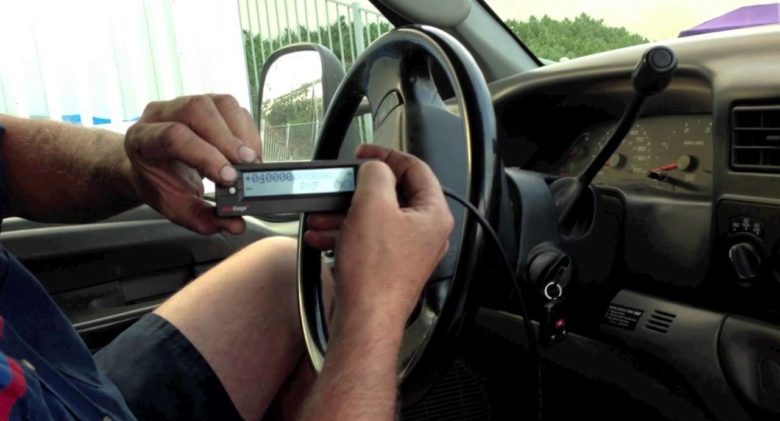
Most drivers do not know exactly how all their systems are working or if they are working optimally, providing you with the best miles per gallon. Now there are gauges you can attach to your dash that let you know what’s happening under the hood in real time. You can track, monitor and change your driving habits if you see this will help your car drive more efficiently. That will save you money at the pump…because you’ll fill ‘er up less frequently. Gauges like ScanGauge will also tell you what’s wrong if you see the “Check Engine” light.
15. Speeding

Driving aggressively and accelerating aggressively tend to burn extra fuel…and the tempers of others around you. (But we digress.) Speeding, however, lowers the efficiency of the car’s performance. This means more money out the exhaust pipe—faster. According to the Consumer Energy Center, anything over 55 mph will result in losing fuel economy. Driving 55 mph instead of 75 will reduce fuel costs by 25%. 65 mph instead of 75 mph will reduce fuel costs by 13%.
[Featured Image Credit: www.adoubleshotofrecovery.com]
